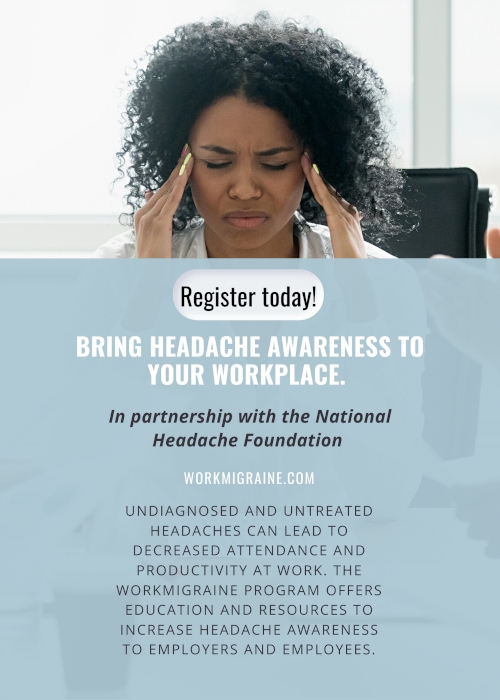How to Boost Your Immunity Naturally
Wednesday, June 30th, 2021
The past year and a half has made us all increasingly aware of our immunity. Some immune systems may be a little weaker after remaining in isolation for so long. There is a very simple and fun way to boost your immunity naturally. All it requires is stepping outside into the sunshine! The benefits of the outdoors are innumerable. Let’s explore just some of the benefits to your well-being both physically and mentally by being outside.
Boost Your Mood

One of the best and most obvious benefits of being out in the sun is vitamin D. Vitamin D is a great defense against illnesses including Covid-19. You can get vitamin D from a supplement, but its most potent source is from the sun itself.
Vitamin D is also a great, natural mood booster! Seasonal depression comes from a lack of vitamin D during the colder months when we may spend more time indoors. So if you ever feel a little out of sorts, go for a stroll in the sunshine or even just sit in the sun.
Not only is vitamin D from the sun a great benefit of being outdoors, so is the fresh air! Oxygen is our literal life force and it is most plentiful in nature. Witnessing the beauty of nature has a calming, peaceful effect. Taking in the sights and sounds of the world around us can remind us of a purpose bigger than ourselves.
Make Your Heart Healthy
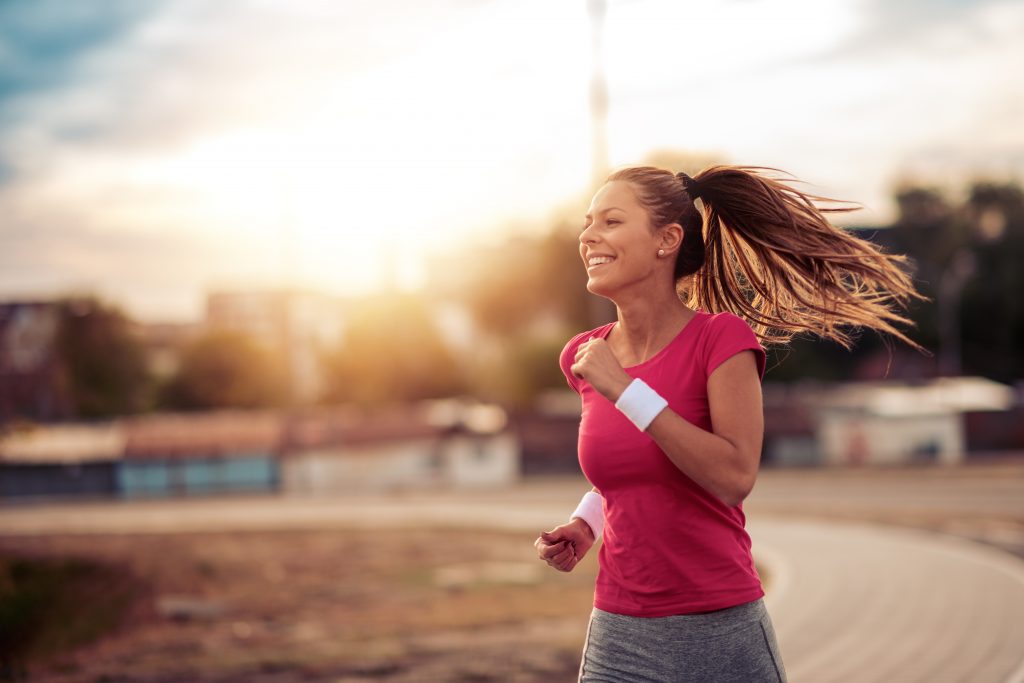
Another benefit to being outdoors is getting active! When you move your body, you increase blood flow to your heart. The heart is a large muscle. When we increase our heart rate through exercise, we are increasing the strength of that muscle.
Cardiovascular disease runs rampant throughout our nation. Simply going for a walk, playing a recreational sport, swimming or any light exercise can do wonders to decrease your risk of heart disease.
Exercise also releases lots of good endorphins, further contributing to our well-being. Endorphins block pain receptors and help decrease anxiety and depression. The more regularly you exercise, the better you will feel.
Build Community

Now that many restrictions have been lifted, it’s important to cultivate community. Getting outside allows you to meet the people around you, build relationships and find ways to serve your community.
From waving hello to a neighbor, playing a team sport, or attending an outdoor event, all of these activities contribute to a healthy, happy individual. We were made to be in community. We thrive when we lean on one another for support and comradery.
Being around other people outdoors is still a safer way to congregate in groups as well. Some exchange of “germs” between people is important to build up our immune systems. In small amounts, those germs train our bodies to fight and build antibodies to guard against disease.
A Break from Screen Time
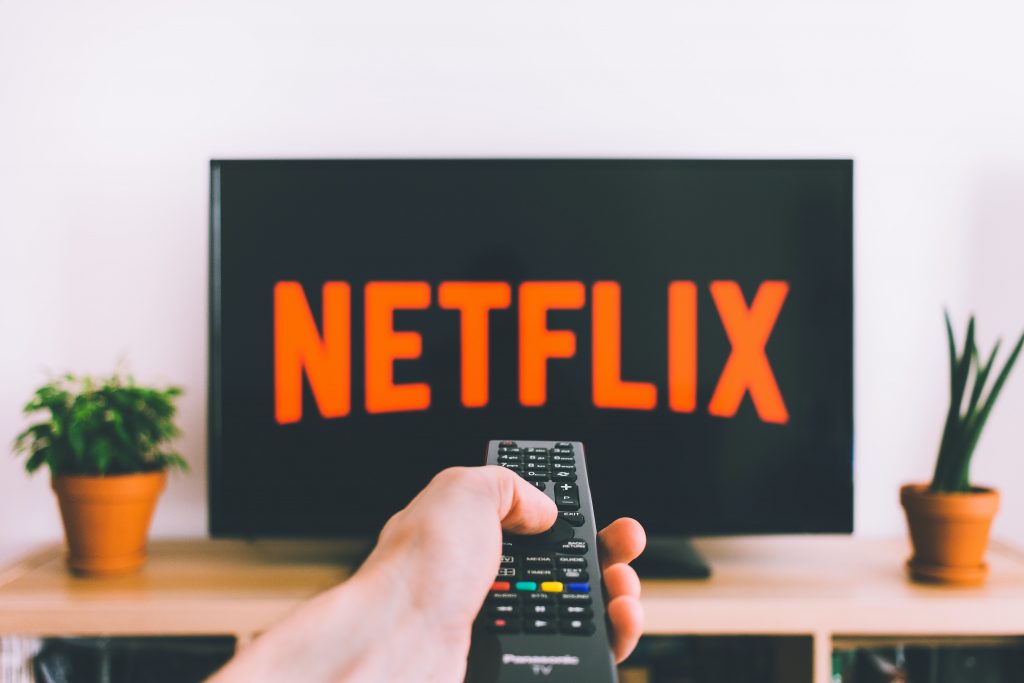
Constant streaming, scrolling, and virtual meetings have us glued to our screens for many hours each day. It’s important for the health of our eyes and our minds to cut it off once in a while. Give your brain a break and clear your mind with some time spent outside.
We spend so much time watching others live life on a screen, we sometimes forget to live it ourselves. There’s plenty of adventure and experiences for you, right outside your door.
Stay Safe in the Sun
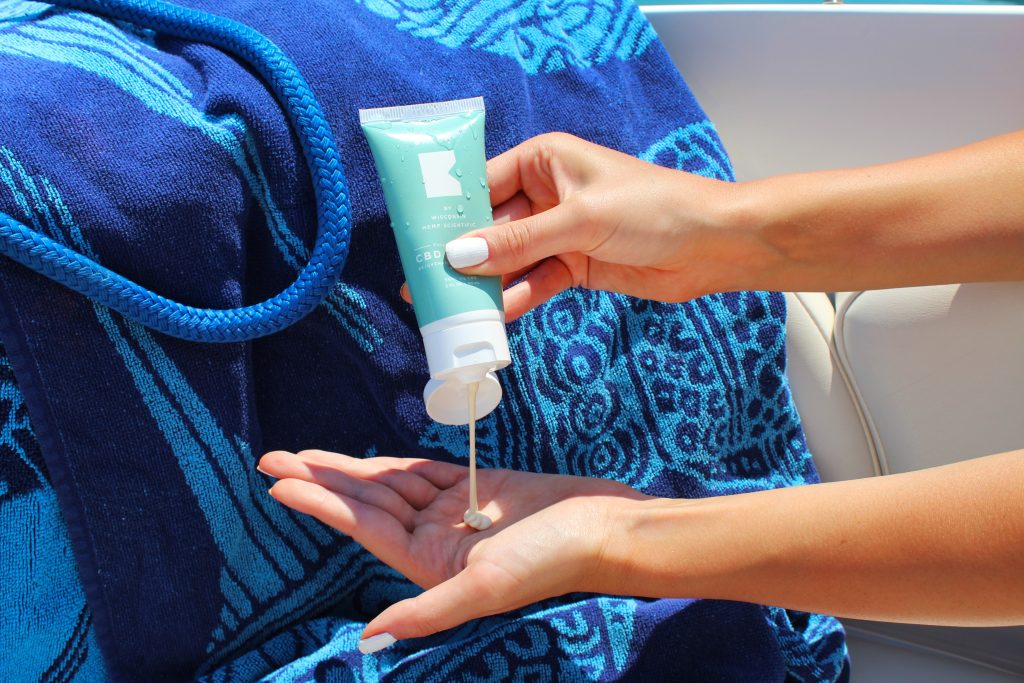
With extra time outside, it’s important to keep in mind some safety precautions. Remember to use sun protection, especially when the sun’s rays are most intense. From about 10 am until 4 pm, the sun is high in the sky and our skin is most likely to suffer damage if left unprotected.
Wear a hat and use a minimum 30 SPF sunscreen when you’ll be exposed to the sun for longer than 10 minutes. As the temperature outside increases, be sure to stay well hydrated. Keep a bottle of water handy at all times.
Make it a goal to get outside for at least an hour each day! It will greatly improve your mood and your overall health.
UV Safety Tips: Simple Ways to Protect Yourself from Harmful UV Rays
Tuesday, June 23rd, 2020
We all know we need to protect ourselves from the sun. UV radiation can be harmful to our skin in multiple ways. It speeds up the aging process, suppresses the immune system, can cause sunburn, and increases our risk for skin cancer. Even synthetic UV rays from tanning beds can cause harm to our skin often creating an even higher risk of skin cancer.
During the month of July, we observe UV Safety Month. Throughout the month we will spread awareness about various ways to protect ourselves from harmful UV rays. Are you providing yourself and your loved ones with full protection? We want to share a few tips to make sure you aren’t missing anything.
Seek Out the Shade

During the Sun’s most direct rays, between 10 am and 4 pm, it’s important to seek out the shade when possible. If there’s no shade available, bring your own! A broad-rimmed hat or ball cap can provide extra shelter from the sun for your face. The skin on your face is one of the most vulnerable to the sun since it is always exposed.
Remember that UV rays may still be able to reach you, even in shade. This is most likely when you are near reflective surfaces like sand, snow, or water. So wear your sunscreen even in the shade.
Understanding SPF: Sun Protection Factor

What SPF should you be looking for in your Sunscreen? What does it even mean? SPF or Sun Protection Factor indicates how long you will be protected in the Sun. If you wear an SPF of 10, your skin will take 10 times longer to burn than it would if left unprotected. However, the FDA recommends using a minimum SPF of 15 and most doctors recommend a 30 SPF minimum.
No matter what SPF you choose, experts also say you should reapply every 2 hours. More frequent reapplication may be necessary when swimming or excessively sweating.
It’s also important to note that SPF only protects against UVB rays. UVB radiation damages the skin causing sunburn. But UVA rays penetrate deep into the skin causing aging and also posing the risk of skin cancer. Choosing a sunscreen labeled, “broad spectrum” or “full-spectrum” will protect against both UVA and UVB rays.
Don’t Forget these Hidden Spots

It’s easy to remember that we need sunscreen on our shoulders, back, arms, and legs. What about those places we commonly miss? Be sure to protect your ears, the part in your hair, and the tops of your feet. Lips are another important, but easily forgotten part of the body to protect. Wear a lip balm with SPF and reapply frequently.
Harmful UV rays are partly responsible for vision-related problems like macular degeneration and cataracts. So be sure to protect your eyes with sunglasses specifically labeled with 99% UV protection.
More UV Safety Tips
For more information on UV Safety Month, visit our Wellness Observance Calendar. You can also receive a free download of our entire 2020 Calendar to stay up to date on future Wellness Observances throughout the year.
Promoting a Safe & Healthy Workplace
Friday, February 21st, 2020
“Almost 3 million workers die each year from occupational accidents and work related diseases. This is an unacceptable and avoidable human cost. We can and must reduce and eliminate such deaths, injuries and diseases from work.”
International Labour Organization Director-General, Guy Ryder
The quote above is extremely sobering. When we realize that the vast majority of these illnesses and deaths are due to mere human error, we understand how important greater education and prevention truly are. We cannot afford so many lives lost or affected by our carelessness or neglect.
At IAB, we are doing our part to spread health education in the workplace. We connect healthcare providers with employer groups to help bring wellness to the workplace. This April 28th, we observe World Day for Safety and Health in the Workplace. Each year the International Labour Organization focuses on a specific theme for this day. Below we will go over some practical ways to promote health and safety in your workplace.
Healthy Habits in the Workplace
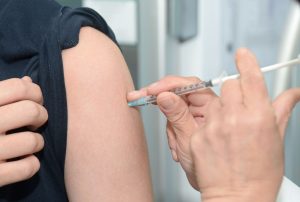
- Handwashing
- Handwashing is always the single most effective and simplest way to prevent the spread of disease. You should always wash hands after using the restroom. Wash hands at the start of your shift, after removing any protective gloves, between patients, before food prep, etc. Be mindful of the type of work you’re in and fill in appropriate times when diseases could potentially be spread. Never underestimate the importance and effectiveness of handwashing. Keeping a generally clean and sanitary work environment also prevents the spread of disease.
- Ventilation
- Proper air ventilation can also help prevent the spread of disease. The building humidity should be kept at 60 percent or less to inhibit the growth of any mold or fungus. Ensure that the building’s ventilation system is maintained properly. Circulation of fresh air keeps bacteria from growing and provides healthy air to breathe.
- Vaccinations
- Keep up to date on all the recommended vaccinations. Providing on-site vaccinations that pertain to your line of work is an extra measure that is well worth the effort. Tetanus and Flu shots are beneficial to everyone. Certain hepatitis vaccinations should be emphasized to protect those working with children, in healthcare or waste collection. Consult your doctor for the best vaccine recommendations for your workplace.
- Protective gear
- If you can potentially come into contact with any type of hazardous material at work, the proper protective covering can be life-saving. Eyes and mouths are vulnerable areas that can easily contract an illness. Keep them covered with masks, face shields, respirators, and safety glasses. Use gowns and gloves to cover clothing and hands which can carry infectious material. Without these coverings, diseases can be spread from person to person or from hand to face.
Safety in the Workplace

Safety policies and procedures are extremely important. But they are only useful if they are actually practiced. Review policies frequently and make sure all employees are familiar with them. Making safety a priority has to become a habit and habits take time to develop. When you create a work environment that promotes safe practices, it has to start with the employer to trickle down to the employees. Create a culture of safety and new employees will naturally be grafted in.
Other things to keep in mind when promoting a safe work environment:
- Always wear protective safety gear where appropriate.
- Understand that safety is non-negotiable.
- Take extra care to hire employees with integrity who will put safety first and not cut corners.
- Make plans and practice procedures for emergency situations.
- Provide proper training and multiple opportunities for practice.
ILO 2020 Theme: Violence and Harassment in the World of Work

Violence and harassment are unfortunate realities in the workplace. Where there are large groups of people, there will always be a risk for some occurrence of inappropriate or dangerous behavior. Here are some practical ways we can help decrease their occurrence or at least head them off before any real danger occurs.
- Employers –
- Be sure to check on the morale of your employees. You can’t monitor everyone all the time, but if you’re an easy person to approach, employees are more likely to come to you when there is a problem.
- Hire people for their skill level but also for their character.
- Offer training and materials on what to do if you experience or witness bullying or harassment at work.
- Have a harassment policy and review it often.
- Employees –
- Speak up. If you feel as though you or a coworker may be in danger, tell someone about it. Don’t try to handle it on your own. Making a big deal out of nothing is better than waiting until it’s too late.A Forbes article on Workplace safety gave this real-life example:
A woman overheard a colleague talking fearfully to her boyfriend while on a break outside the building; the woman was pleading with her boyfriend not to show up at her office. The colleague reported this to Human Resources and they called the police who showed up mere minutes before the boyfriend appeared; he was armed. By speaking up, the colleague had saved the day.
- Know your rights. If you’re being harassed or discriminated against report it.
- Keep notes on occurrences of harassment with as many details as possible.
- Call the police. If you’ve become a victim of a criminal act, do not hesitate to contact authorities.
- Speak up. If you feel as though you or a coworker may be in danger, tell someone about it. Don’t try to handle it on your own. Making a big deal out of nothing is better than waiting until it’s too late.A Forbes article on Workplace safety gave this real-life example:
Together we can make our workplace a safer and healthier place to be. Training and prevention are absolutely essential for our success in diminishing the number of casualties each year. Visit our National Wellness Observance Calendar for more resources on World Day for Safety and Health at Work.
Halloween Safety Tips
Monday, October 28th, 2019
Thousands of children around the country are counting down the days to October 31st. It’s a holiday that rivals Christmas with the excitement it inspires. Although most of the spookiness is all in good fun, it’s important to be aware of some very real dangers on Halloween night. Here are our best safety tips to ensure the worst thing you experience this Hallowed eve is too much candy.
Costume Safety
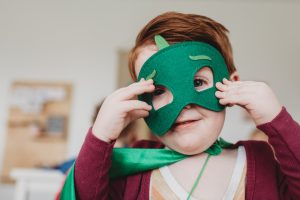
Make sure all your costumes are made from non-flammable or fire-resistant material. Pumpkins with lit candles inside can easily become a fire hazard.
Purchase costumes that fit well and won’t drag on the ground potentially tripping someone. Wear comfortable shoes good for walking long distances.
Masks are lots of fun, but can make it difficult to see clearly. Reserve masks for the moment it’s time to say “trick or treat”. Removing them for walking from house to house is a safer option.
Wear reflective strips on costumes or carry flashlights or glow sticks. As the night gets darker, it becomes harder for motorists to see you.
Younger Children

Never allow young children to trick or treat alone. Always keep a responsible adult with them.
Check candy for any choking hazards or strange looking candy.
Monitor candy intake. Feed them a filling, nutritious meal before the evening so they won’t eat too much candy.
Keep to walking on the sidewalks, facing traffic. Hold little one’s hands when crossing the street.
Children are more than twice as likely to be hit and killed by a moving vehicle on Halloween. Be aware of darting into the street or unsupervised children.
Older Children

Work out an approved map for where they can trick or treat and come up with a specific time when they are to return home.
Caution children to only go to houses that are well lit. They should never enter a house or car to receive candy.
Children should always trick or treat in groups, never alone.
Teach them to cross at a crosswalk and never assume cars will stop and to be extra cautious when crossing the street.
Drivers
BE AWARE. Children and adults will be all over residential streets. If you’re driving through, SLOW DOWN. Be alert. Most will be visible by some kind of reflective aid, but many will not.
New and inexperienced drivers should avoid driving on Halloween.
Use your headlights even at dusk to increase visibility from a distance.

Let’s decrease the number of injuries and deaths this year by following these simple safety tips. Go out and have a good time, but let your awareness of the danger keep you alert and your babies safe. For a detailed bullet point list of safety precautions, visit the resource listed on our Wellness Observance Calendar. Download your free copy today!


